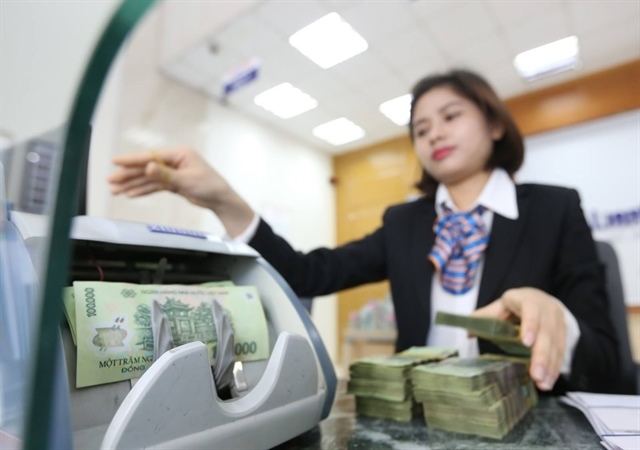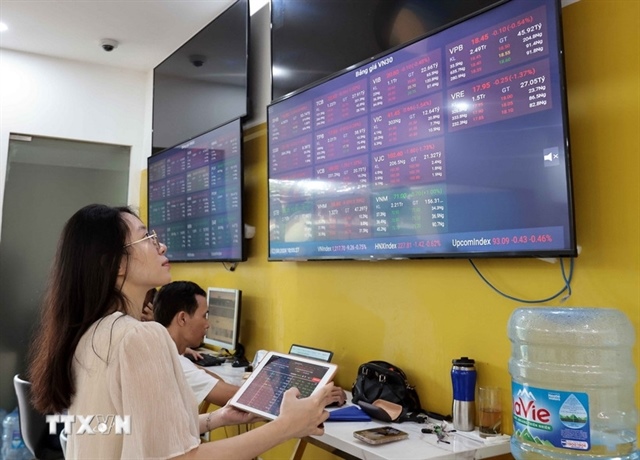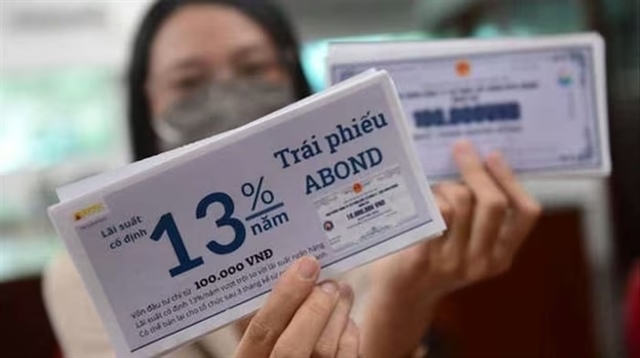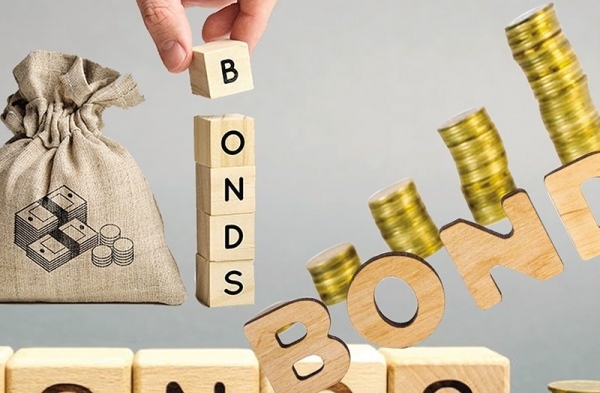How much is VAMC’s bond?
How much is VAMC’s bond?
The Vietnam Asset Management Company (VAMC), a powerful legal entity established to restructure the bad debts, would issue bonds to deal with the debts. What analysts are most interested in now is how much the bond and how high the interest rates will be.

VAMC, as designed by the State Bank of Vietnam, has the chartered capital of VND500 billion. The most outstanding feature of the super-corporation is that it will not use the state’s money to settle bad debts, but it will issue bonds to buy debts and “liberalize” banks from the debts.
In principle, VAMC would buy bad debts at the book value after deducting the provisioned sums. For example, a bank has VND100 billion in bad debts and it has provisioned VND30 billion against the risks, then the remaining VND70 billion would be bought by VAMC.
The bonds to be issued by VAMC have five-year terms, while debt sellers would have to make provision of 20 percent against the bonds’ risks.
Experts said they don’t understand why commercial banks are forced to make provisions for the bonds. Once banks sell the bad debts for bonds, the bad debts would be excluded from the banks’ balance sheet. Why will they still have to make provisions for the bonds?
Some of the experts keep doubts about the legitimacy of the requirement to make provisions against the debts which are cleared away.
It’s also unclear about the bond interest rate policy. The sum of bad debts to be purchased by VAMC would be really a big one. How can the State Bank arrange money to pay for the bonds’ interests?
Some of the experts think that the zero percent interest rate may be applied to the VAMC’s bonds. However, in principle, bonds have to be profitable, which means that bond issuers have to pay interests for the bonds.
The State Bank of Vietnam said that if necessary, commercial banks can mortgage the bonds at the State Bank to get the refinancing. If the bonds have the interest rate of zero percent, they will not be able to serve as the collaterals for the loans.
Bankers now try to make guesses about what banks would be able to sell bad debts to the State Bank. VAMC is believed to buy the bad debts only from the commercial banks which have the bad debt ratios of over 3 percent.
However, to date, not many banks have reported the bad debt ratios at over 3 percent. Meanwhile, the actual bad debts ratios are believed to be much higher.
VAMC has been designed to become a powerful corporation which has the right to undertake different kinds of activities and can exempt from some kinds of taxes. In return, it would have to fulfill its task of buying and restructuring the debts, and it will not be merely a unit which collects and “stores” debts.
Nevertheless, it’s still too early to say about the efficiency of VAMC. The experts have raised their worry that in the current underdeveloped debt market in Vietnam, it is very likely that the bad debts, after getting transferred to VAMC, would be unsold, or sold at low prices.
If so, this would cause big losses to commercial banks and businesses, and generate uncertainties to the market. In order to ensure the success of VMAC, it is necessary to set up comprehensive measures to help develop the debt trading market. However, such measures have not been drawn up yet.
vietnamnet
























